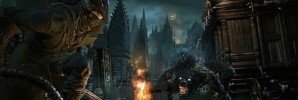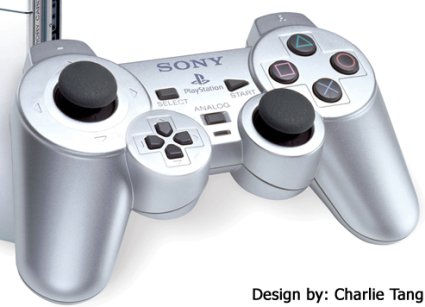The 5 Konami Classics of the Playstation Platforms
Ever since the Arcade times, towards the first home computers and onto the NES generation, Konami has always been synonym with innovation, quality and some of the most fun games ever programmed. Konami are the creators of eternal classics like Contra, Castlevania, Rush n’ Attack or Frogger, to name some games that marked earlier generations. And with the arrival of the original PSOne, instead of relying on its past glory, Konami delivered some new franchises, updated a couple of old ones, and in the process, set the bar for what a modern classic is supposed to play like.
Throughout the lifespan of the PSOne and PS2 Konami experimented with several genres like JRPG, Survival Horror, and action/stealth besides doing what they were already good at: 2D side-scrollers. Each genre they tackled turned out to be a success, with a modern classic created out of it, or a brilliant re-invention of a (what seemed at the time) dead genre. These games still hold today as absolute must-plays, and some are even available on PSN, so don’t miss out. Without further preamble, these are the 5 Konami Classics of the PlayStation Platform.
Contra: Shattered Soldier
There was some experimenting going on at Konami during the PSOne generation, trying to take the franchise into the third dimension. While some great games were produced, that’s not what fans wanted from Contra: they demanded balls-to-the-wall action, massive bosses, running and gunning in 2D, and absolutely over the top battles. Well, that’s exactly what Konami provided in Contra: Shattered Soldier. While not officially part of the series’ chronology, it is the game that marked the return of the Contra fans wanted.
Shattered Soldier tells the story of Bill Rizer, one of the two protagonist of the original games. Bill gets blamed for the devastation caused by the war against aliens as well as Lance’s death (the second player in Contra) in one of the past conflicts, and despite being a war hero, he’s sentenced to cryogenic prison. Five years later, though, a terrorist organization called “Blood Falcon” strikes the weak government, which decides to unfreeze Bill, and asks him to fight in their name once again. He’ll be accompanied by Lucia, a cyborg soldier who is supposed to both aid him and check on him to prevent him from escaping.
Suikoden V
The often overlooked game of the series, Suikoden is a fan-favourite. How can that be? Simple: the game didn’t sell nearly as much as previous entries in the series, and people were claiming Konami’s very own JRPG was in decline. Despite that, the game was a success amongst the fans for removing some of the things they didn’t like about Suikoden 4 (having only 4-person parties, to name the biggest criticism), and on the other hand, added some tie-ins to Suikoen I and II, the beloved PSOne classics.
The game is based (sort of) on a Chinese novel, Shui Hu Zhuan, by Shi Naian, and tells the story of the land of Falena, and the political struggles its Queen and political class face. The game acts as a prequel, taking place 6 years before the incidents seen in the original Suikoden, and gives the player control of the Prince of Falena who will travel the world trying to solve the problems of his homeland. The player also gets to control over 60 characters who will aid the prince in and outside of battle.
Castlevania: Symphony of the Night
Castlevania needs almost no introduction: it’s one of Konami’s core franchises, and one of the direct responsible games of the company’s status. The classics of the 8 and 16 bit generations had already established Castlevania as one of the most cherished and acclaimed side-scrolling, platforming games. People were already talking about how 3d was the future, and how Castlevania had to go 3d (which they eventually did without much success in 1999, with Castlevania 64). Instead of doing that or going back to the old formula of platforming, Symphony of the Night tried something entirely new: the player had to go back and forth inside Dracula’s gigantic castle, revisiting rooms and acquiring abilities that enabled the character to transform into animals, fog, or jump higher, amongst other skills. Using those power-ups, the character became able to reach previously inaccessible areas, in true Super Metroid fashion. All the while keeping the Castlevania charm in the process, an absolute victory.
The game had the player controlling Alucard through most of the adventure, trying to find and vanquish the new dark Lord, who was apparently Richter Belmont, one of the protagonists of the previous games. Throughout the castle, Alucard meets Maria (another recurrent character of the series) who claims there has to be an explanation for Belmont’s actions. The game incorporated several endings, one of them where the player even had to rush through the inverted castle (doubling this way overall size of the map) to fight Dracula once again.
Silent Hill
Silent Hill is one of those games that, after playing it, you can’t look at a genre the same way again. The game marks Konami’s first attempt at a Survival Horror game. More than just drawing from the success of franchises of that time like Resident Evil or Alone in the Dark, the game is the quintessential “regular-guy-in-extraordinary-situation” archetype. The main character, Harry, is looking for his daughter, Cheryl, who disappears after a car accident in the outskirts of Silent Hill. That’s the whole story: from the on, the absolute protagonist is the town itself, which becomes more and more unsettling with each step Harry takes, trying to make his way around the fog or through crumbled buildings with his flashlight. And as if this wasn’t scary enough as it is, Silent Hill seems to be packed with monsters, a crazy cult trying to revive an evil dark god, and an ‘alternate’ version of itself, even creepier, if that’s even possible.
The graphics are absolutely revolutionary for PSOne standards, some cameras, angles and direction choices look straight out of a Orson Welles movie, and even the sound manages to carry out the unsettling feeling that there is something out there, trying to get you. Stylistically, the game draws heavily from the modern classic horror movie “Jacob’s Ladder”, and just like the movie, excels in scaring the player through the thought of what comes next, what is hiding in the next room, and not just what the player has in front of him/her. Several sequels were produced, all of them good to a different degree, but if we choose this one over the rest is because you can only enter Silent Hill for the first time once.
Metal Gear Solid
Metal Gear Solid is one of the most beloved games of all time, and for good reason. The game is the third entry of the “Metal Gear” saga, created by Hideo Kojima, but the first one to come out for a Sony console, specifically the PSOne. Previous games were quite innovative for their time, with gameplay that rewarded the player for being stealthy instead of shooting their way through enemy bases in order to reach “Metal Gear”, a bi-pedal mobile tank. Metal Gear Solid not only went further developing that concept, but was also a graphical revolution with its fully 3d environments and characters, and one of the first real attempts to tell a story in a non-RPG game. The game’s extensive cinematics went in depth about the characters reasons, feelings, and motivations for their actions. Whenever a boss or enemy was fought, the player also learned their story, there was real interaction between the characters, and not just mindless progress on to the next big enemy.
Players took the role of Solid Snake, a retired special agent who is forced back into service. Snake sets out to try and stop the army elite he was formerly in, Foxhound, who are in control of an Alaskan nuclear disposal facility that holds a Metal Gear unit capable of launching a nuke. Foxhound and their leader, Liquid Snake, demand a ransom for not shooting the missile, and the remains of Big Boss, the previous leader of the organization, murdered in a previous game. In the course of the game, the motivations of each character are explained, and the player eventually learns the truth about Liquid and Solid snake, and their relationship. The intricacies of the plot are discussed in depth in the lengthy cutscenes and codec conversations between Snake and his team, back in the mainland, or Meryl and Otacon, two new characters who will aid him throughout the mission.
From then on, countless sequels and prequels were produced for the PS2, PS3 and PSP consoles, making the franchise a synonym with quality story-telling, addictive and stylized gameplay and outrageous-yet-awesome plot twists. Metal Gear Solid’s graphics might look a bit dated today, or rough on the edges when compared to what we see on the PS3 with each new release, but the solid gameplay, and well-crafted story remains forever a fan classic and makes the game one of the biggest titles of its generation.

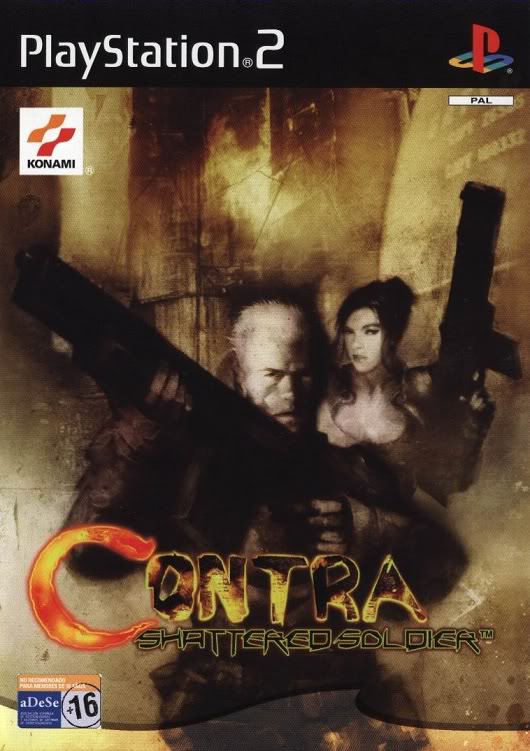
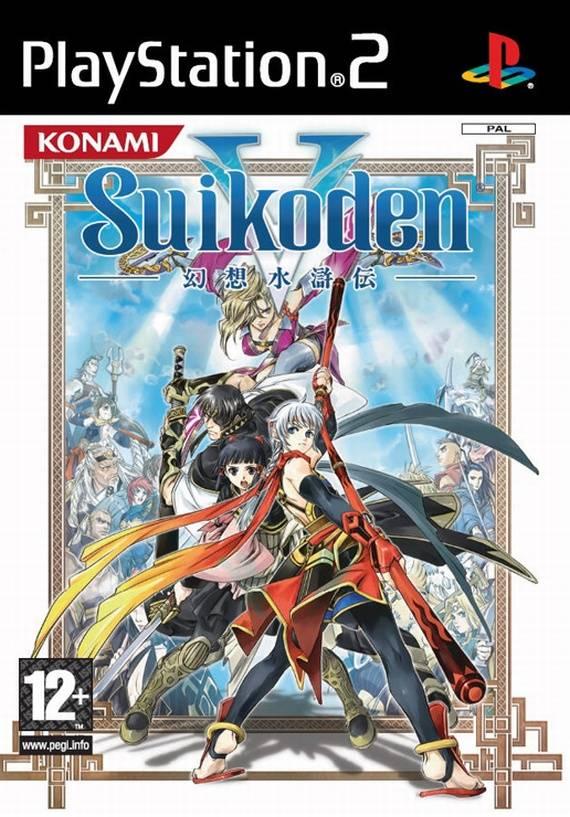
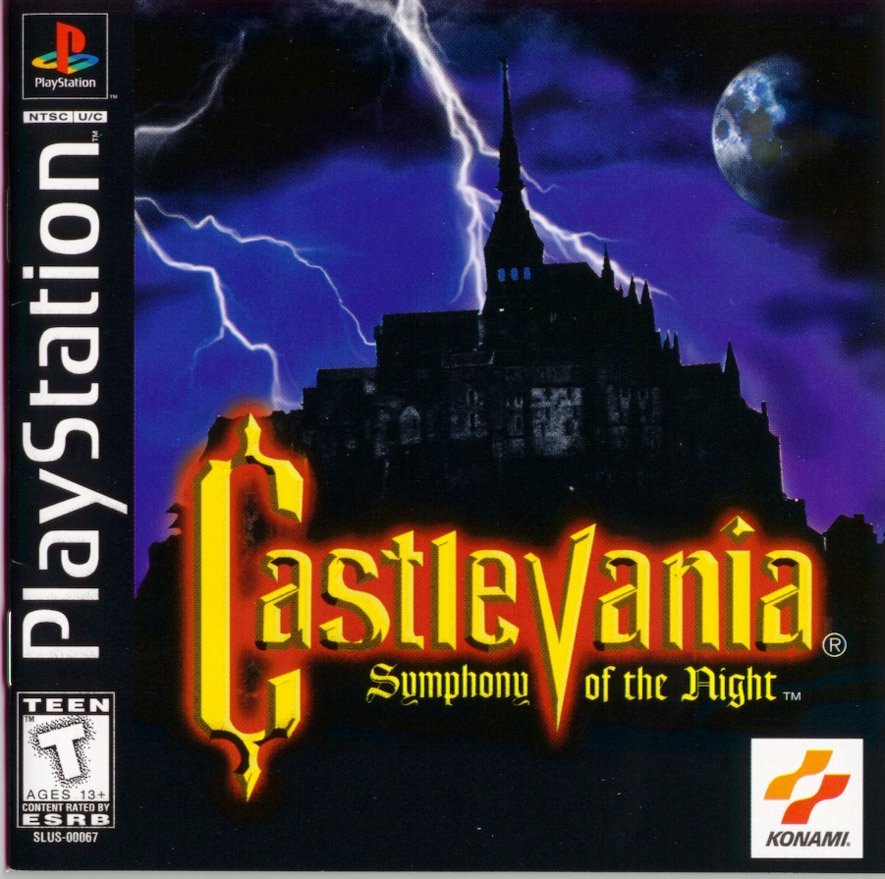
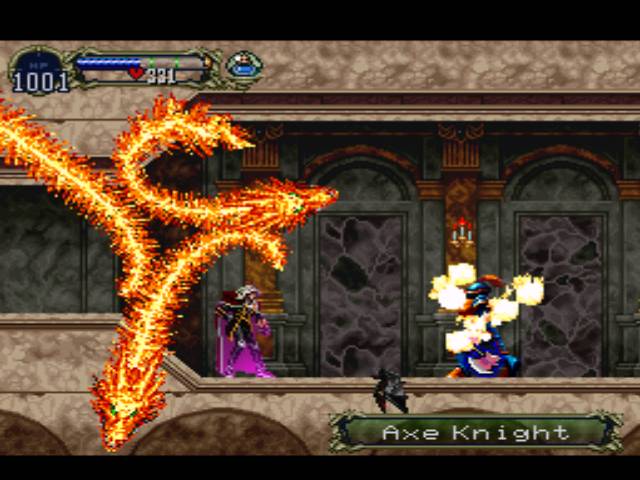
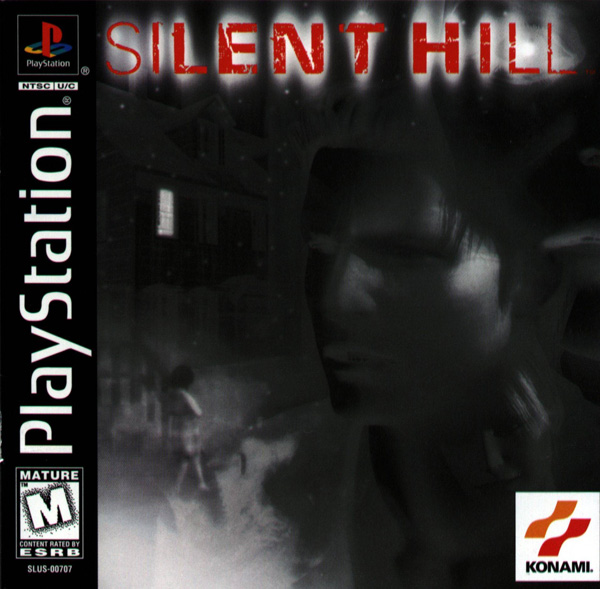
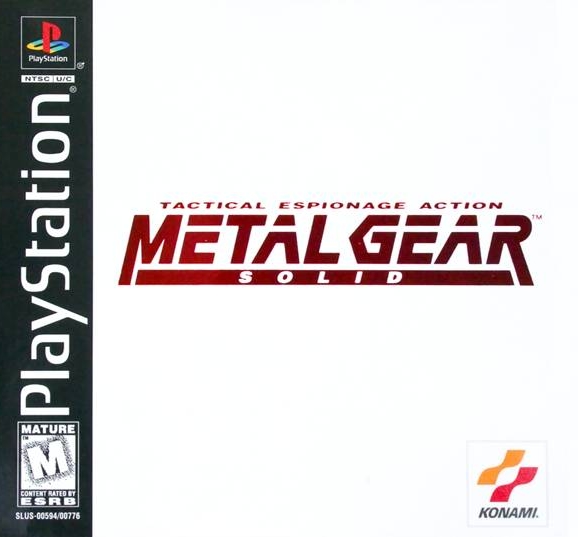
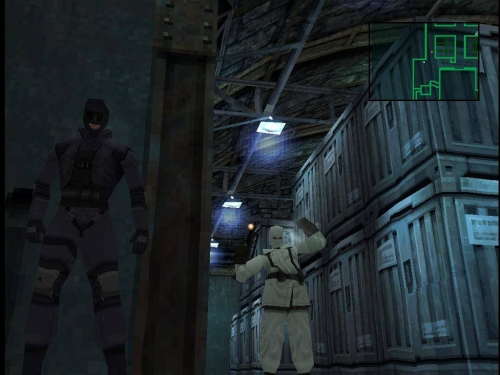
 Black Ops 3 Limited Edition Bundle DEAL
Black Ops 3 Limited Edition Bundle DEAL

